Many project are tactical and not strategically aligned
Oftentimes projects get kicked off and executed without a clear vision. The result could be tactical project outcomes that are short-term in nature and that quickly get superseded by other changes. Without a clear vision there is a high risk of a disconnect between the project’s tangible outputs and what the customer or organisation really needed. The project may fail to deliver the expected benefits, either because the business needs weren’t fully understood, or because the initiative wasn’t fully thought through or aligned with corporate strategy. According to PMI’s research 60% of projects are not aligned to strategic objectives although such an alignment has the greatest potential to add value to an organisation. Unfortunately, this means that although many projects are delivered more or less to specification, the end product is tactical and ends up not adding as much value as it could have.
We could compare the importance of having a clear vision to how great cities are built and developed. If a new area needs to be redeveloped the developers won’t just start building houses and roads without a master plan. The master plan sets the vision for how the entire area will look with houses, offices, public spaces, services and infrastructure. If the master plan isn’t in place the area may never function well or become an integrated part of the city. The same is true for other types of projects. We have to look as far into the future as possible and create a map of the project’s long-term outcomes and benefits. And we have to envision how the project will interact with other change projects and with existing business processes.
Leaders think differently to managers
In my book The Power of Project Leadership I have written extensively about the differences between manages and leaders. One of the characteristics of managers is that they are good at delivering an output on time, to budget and to the expected quality. They are skilled at executing a vision, which has been set by others. Leaders on the other hand help set the vision by considering the bigger picture and by looking further into the future. When delivering a project they ensure that the strategic context is well thought through and that the project will add value in the long term.
Being visionary has been a characteristic that we associate with leadership for a long time. According to Harvard Business Review (HBR) being visionary and forward-looking is one of the attributes that most distinguishes leaders from non-leaders. In a survey of tens of thousands of people around the world HBR asked people what attributes they were looking for and most admire in a leader. 72% of people said that being visionary and forward-looking was something they wanted from a leader. Among respondents in more senior roles, the percentage was even greater, at 88%.
When project professionals head up a project it's imperative that they don’t act like constrained managers who are just accepting the brief as given by senior management or the client without questioning it and engaging with it. They have to partner with the client and play an active role in shaping the project’s goals and benefits until it makes sense and until they fully understand it.
This may be a new way of thinking for many project managers who are used to the traditional way of operating. Traditionally project managers are concerned with delivering an output or a product rather than the big vision. The customer – internal or external – normally specifies what they want and the project manager helps deliver it. They happily leave the big-picture-thinking to the client or to the project sponsor who they feel is closer to the business and the decision-making process.
The problem however, is that we often make the incorrect assumption that the client and sponsor know what their needs are and that they have analysed their current challenges and opportunities in depth. Unfortunately, that’s not always the case. Whereas the client, or business owner, know their day-to-day operations better than the project manager, they may not be skilled at specifying how their current and future needs can be met by a new product or service. They also may not be able to predict what the positive and negative impacts will be of a major change programme and what to do about it. Ultimately this may lead to a failed project.
For this reason strategic projects require a leader who thinks and acts differently to the execution-oriented project manager. These projects need someone who knows that they can improve the project’s success rate and value by getting involved in the big picture and by fully engaging with the client’s views and ideas. This doesn't mean that they own the vision. It means that they query it, draw it out, improve it and align it with the project.
In addition to seeing the project in a strategic context project leaders are also skilled at sharing the vision with the team members who need to execute it. They know that working on projects that have meaning and purpose motivates team members. Many tactical projects don’t have a real impact on the organisation whereas strategic projects that are part of a bigger vision do. Having a clear vision isn’t just inspiring for the team it also provides an essential element of focus and alignment.
Conclusion
The main benefit of having a clear and meaningful vision is to help ensure that there is congruence between the actual project deliverables and the strategic objectives of the project – and that those objectives serve a greater purpose for the organisation. Whereas the project manager isn’t ultimately responsible for the vision they do need to ensure that the project delivers what the users need rather than what they want, and that the project will add as much value as it can in the long term. Having a sound project that’s backed up by a great vision gives the project manager and the team the ultimate focus and motivation that’s needed to deliver a strategic project.
If you liked this post, you may also like:
Are you bridging the gap between vision and delivery?
The 3 biggest mistakes project managers make
Overcoming resistance to change
The Yin and Yang of project leadership
10 tips for handling conflict

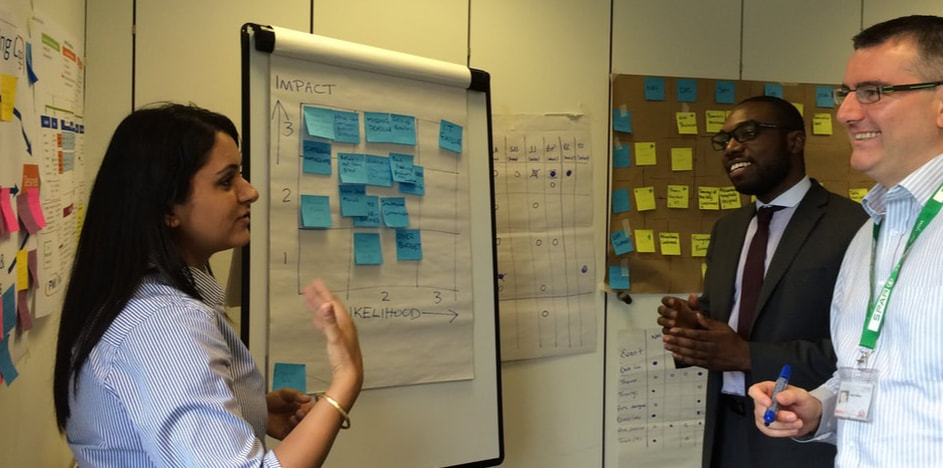
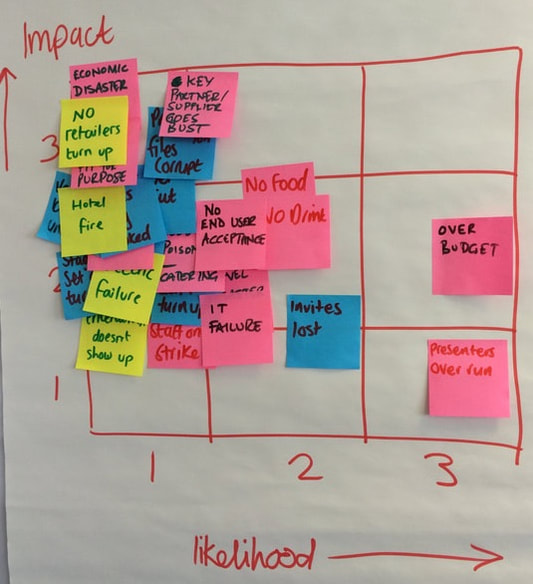
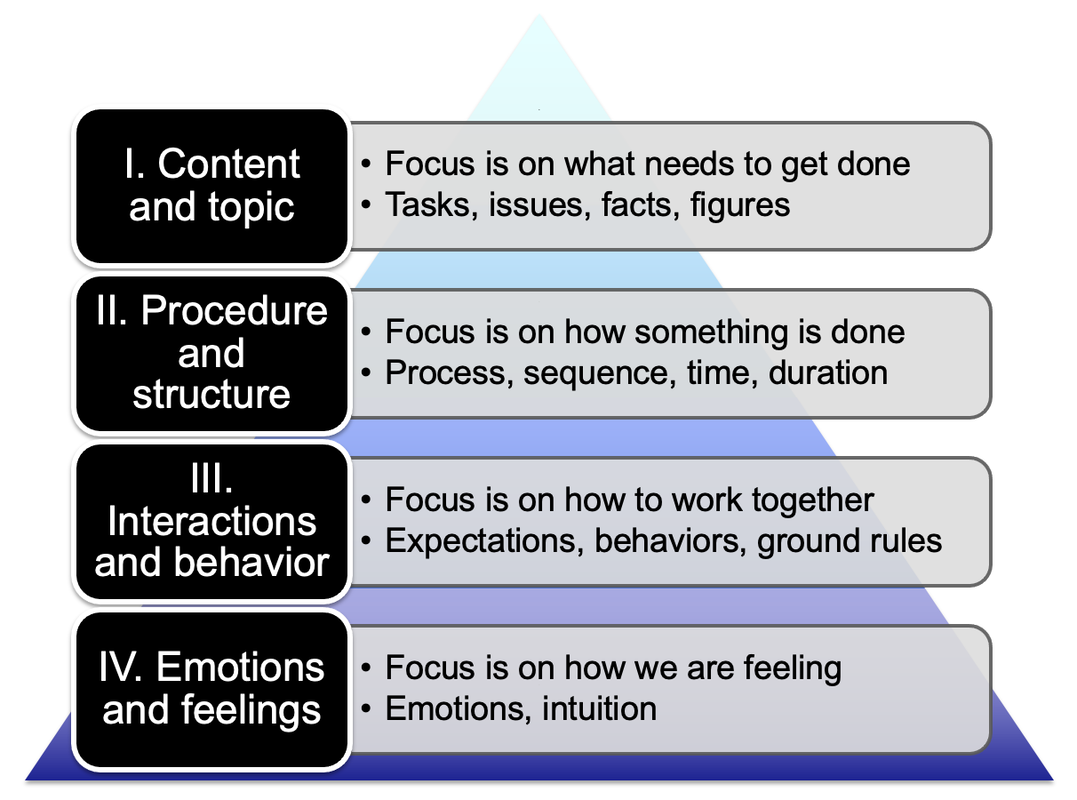


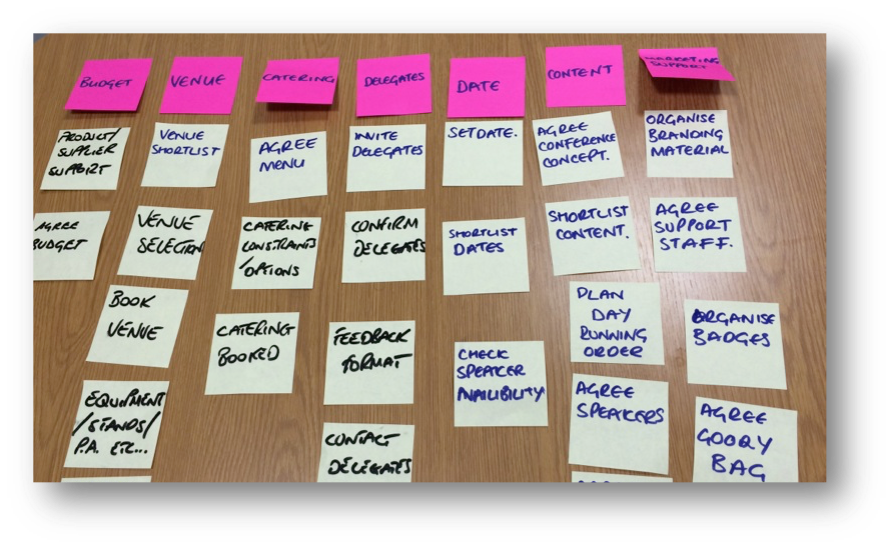
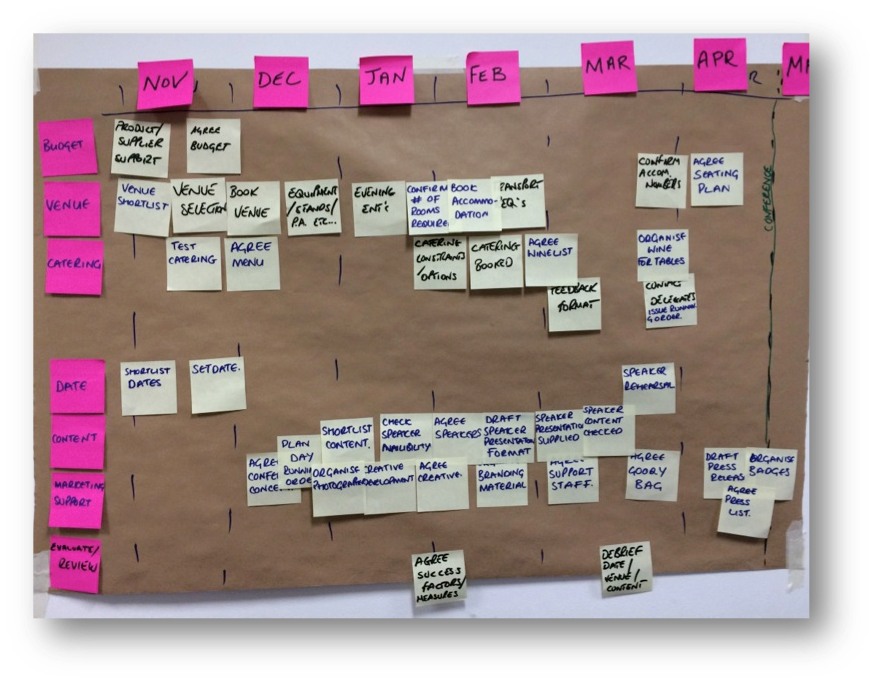



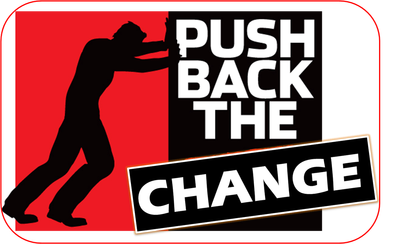




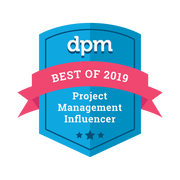

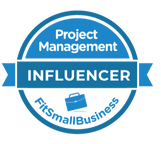



 RSS Feed
RSS Feed